A home should be a place where a family can reside peacefully and healthy. However, many resident owners still worry about the most common house problem: moisture and mold build-up! This is not a new problem anymore, ever since moisture and mold build-ups are considered one of the most significant issues many homeowners deal with. Especially, it highly relates to health issues when worst cases of moisture build-ups are found.
But what are the causes of a sudden moisture and mold build-up? And what are the things that can prevent it from happening? There’s a lot to discuss when it comes to dealing with these issues. That is why we will slowly unwrap things and provide helpful information to handle and deal effectively with these severe home maintenance issues.
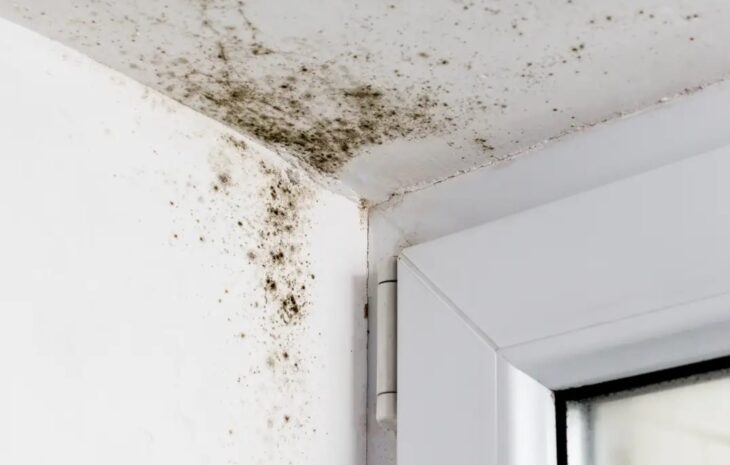
Source: Insider
Contents
What Are The Reasons for Moisture and Mold Build Up?
See it this way, “when there is moisture, there is mold.” So the best explanation for any mold build-ups is all because there is moisture present. Now, the question should be, where does the moisture come from? When does it become a problem?
First, let us break down a few things. What is moisture?
Moisture is the presence of water in the air. Others use the term condensed or diffused liquid. The term moist is related to moisture referred to as slightly wet or damp.
Now, where does moisture come from?
Technically speaking, moisture in the air is humidity. When it happens that there is excess humidity in your home, you can observe that there will be water droplets forming on your windows (the ones you love to write your name at).
That phenomenon is called condensation, and it is evidence that there is high moisture content in a room environment. And take note, condensation happens when there is no proper ventilation. This means moist air is trapped inside your house; hence, the existence of damp walls. Learn more about condensation and moisture from Opstijgend Vocht. They have a detailed explanation about moisture build-up that every homeowner should know.
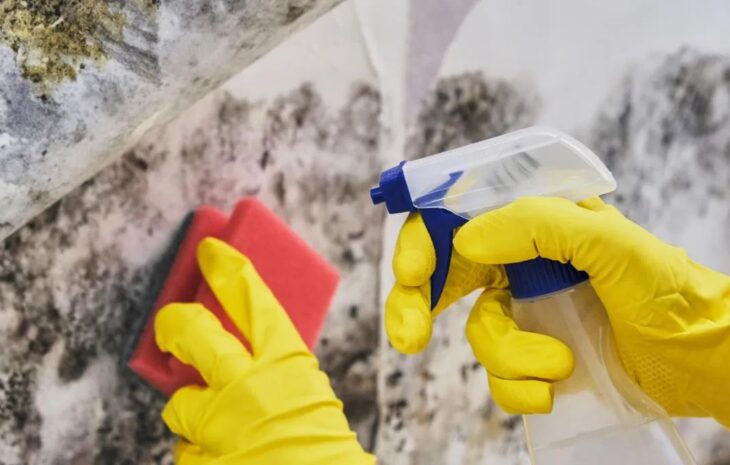
Source: Medical News Today
When does it become a problem?
Just take it like this, too much of everything is bad, and that goes the same for moisture. Excessive moisture leads to many detrimental effects both on your home and health. The most common reason there is a moisture problem in a house is inadequate ventilation and poor moisture-control during construction. These lapses lead to the following cases to happen:
- Roofs are leaking
- Improper installation of fire-protection sprinkler system
- Condensing and leaking pipes
Unfortunately, some moisture problems are unseen or hidden from your eyes. This fact is the reason why most homeowners “smell” moulds first rather than spot them first on ceilings or any other surface in the house.
Remember, when there is moisture, there is mold. So if you are experiencing issues like the ones mentioned above, you better do a run-check and locate the source of the problem. Molds only take two days to grow and multiply. If they are left unnoticed, they will continue to grow, infest, and do some severe structural damage.
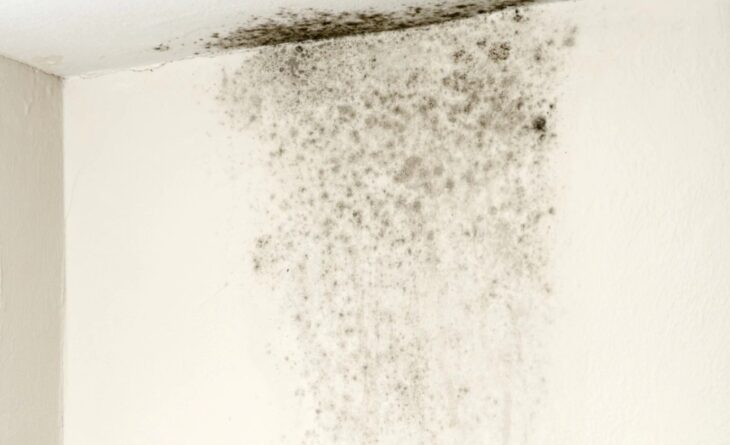
Source: Washington Post
Helpful Tips To Prevent And Manage These Problems
If your entire goal is to solve recurring mold problems, you need to know first what molds can do when left unchecked.
Molds are fungus, and unfortunately for us, they are not picky eaters. They love wood, carpets, curtains, insulation, and more. Anything that has cellulose present, molds can live and thrive, especially when there is moisture! Undoubtedly, many basements are prone to mold build-ups, not just molds love dark places, but also prone to water leaks, which is their best habitat.
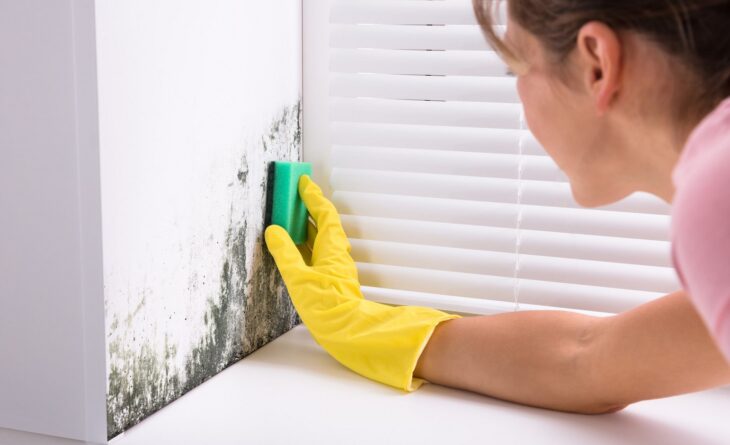
Source: The Spruce
Solve Your Molds Problem at Home
There are several ways to solve a mold problem; if you feel like doing some do-it-yourself, here are the few things that can help you.
- Vinegar and essentials oils can do magic as white vinegar is known to be a natural mildew and bacteria killer.
- Bring in some natural air and sunlight. You can also add a fan to get some air moving inside the room.
- Combination of hydrogen peroxide and baking soda can do the works plus they are budget-friendly
- You can use mold remover products available in your local store or online.
Before you take on these steps in solving mold problems yourself, make sure that you proceed with caution. Also, consider the size and location of the mold patch. If it is visible and less than 10 square feet in size, you alone can manage the problem. If it’s considerably larger or if you’re in doubt, give your local professional mold remedy team a call to assist you with your mold problems.

Source: Restoration Master Finder
Prevent Molds From Growing (Again!)
Molds become a recurring problem for many homeowners, but little do they know that molds can easily be dealt with and prevented from coming back. Here are the few tips that can help you deal with this nasty fungus.
- Keep your home dry. How? Setup or fix your house ventilation. Installing an exhaust fan in your bathroom or kitchen can considerably keep your home’s moisture level considerably low.
- Check possible wall leaks, roof ceiling damage, plumbing pipe problems. All these play a primary factor for molds to live and manifest.
- Use and install quality dehumidifiers and air conditioners. They can significantly help you in busting moisture and mold build-ups.
- Invest in insulators and have them installed on walls and windows. They are the common cold surfaces, and condensation quickly builds up in those areas.
- Practice drying your clothes outside. Dripping and wet clothes can instantly create moisture in the air. If you do so, make sure the room is well-ventilated. If not, consider having them dry and hanged outside.
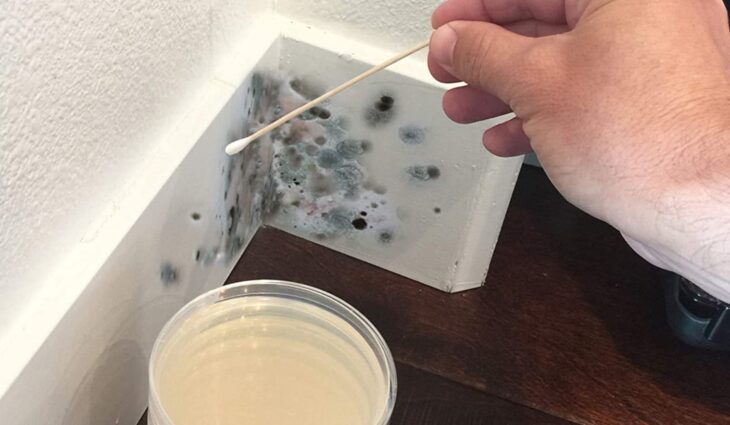
Source: Top Ten Reviews
Takeaway
Moisture and molds are a terrible combination. When left unchecked, these two will cause you to face health issues. Even more, expensive house damage repairs. Suppose you start to notice an awful smell, damp wall areas, and family members complaining about too much humidity. You better act fast, and be sure to check your house for leaks and damage. Regular house maintenance plays a vital role in preventing such problems from happening.
